Influenced by agricultural yields and cultural factors, people in different regions have perfected many kinds of cakes. As spring approaches, Vietnamese people fondly recall traditional national delicacies. They make and exchange these cakes and enjoy them during festive reunions.
From childhood, we often hear tales about the origins of Chung cakes and Giay cakes—ancient, traditional cakes from Northern Vietnam. Made with white glutinous rice, mung beans, and pork wrapped in "dong" leaves, these cakes are most commonly associated with the Lunar New Year.

Chung cakes
“Fatty pork, pickled onions, red couplets/A Neu tree, firecrackers, green Chung cakes” are items traditionally prepared for the Spring Festival. Today, although many customs have faded away or shifted, "Chung cakes" remain an indispensable element of Tet. If the North has Chung cakes, the Central and Southern regions have Tet cakes. These cakes share similar ingredients and flavors to Chung cakes but differ in shape: Chung cakes are square, while Tet cakes are cylindrical.
In some Northern mountainous provinces like Lao Cai, Ha Giang, Lang Son, etc., there exists a type of cake similar to Chung cakes and Tet cakes, made from glutinous rice mixed with charcoal powder, resulting in a black color. It is known as “black Chung cake” or Tay cake, and is mainly made by ethnic Tay people. Whether in the North, Center, or South, Tet is incomplete without Chung cakes, Tet cakes, or Tay cakes on the ancestral altar and served at family feasts.
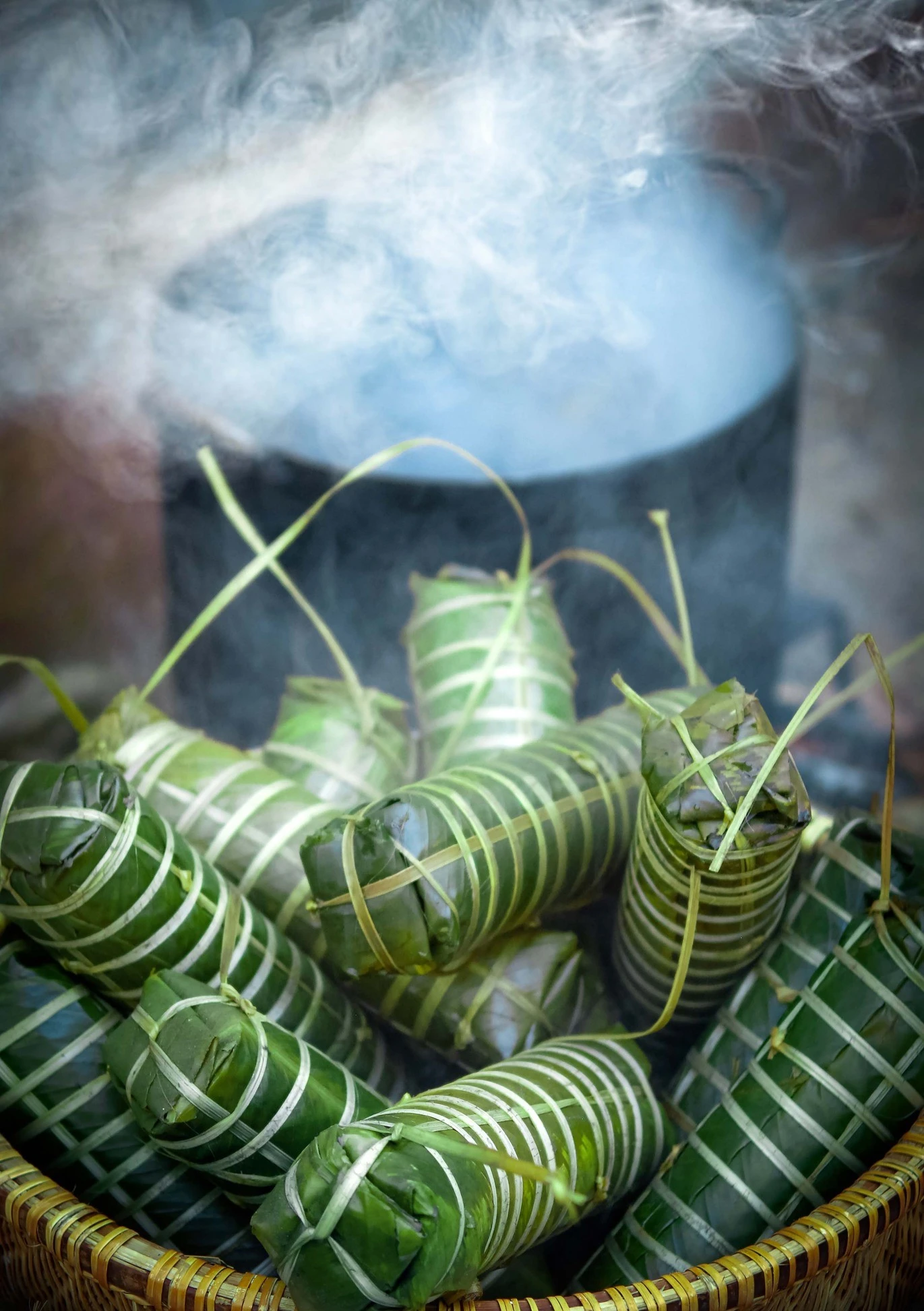
Tet Cake
Beyond the most popular leaf-wrapped cakes mentioned earlier, some regions boast unique versions. The common thread is that these traditional cakes are all made from glutinous or non-glutinous rice flour, various beans and pulses, and many ingredients from plants and leaves used to add color and aroma. In Lang Son, people make fragrant, sticky wormwood cakes (Ngai cakes), using wormwood leaves to give them a deep green hue. Formerly, wormwood cakes were only made during festivals and at Tet, but now, this traditional cake has become a daily favorite. From lavish feasts to simple meals in Lang Son, these pretty green cakes are a common sight.
In the homeland of Quan Ho folk songs, there's a type of cake called Phu The cake (Vietnamese husband and wife cake), which embodies a subtle story about couples. These cakes are always sold or presented as gifts in pairs, since the people of Bac Ninh traditionally believe that Phu The cakes symbolize marital love. The three basic colors of Phu The cakes each have their own meaning: the green outer layer comes from dong leaves and represents fidelity; the pink strings evoke the red thread of destiny that binds soulmates; and the yellow hue of the cake’s crust, colored with gardenia fruits, reminds each couple of the need for mutual love and care.

Green bean cake
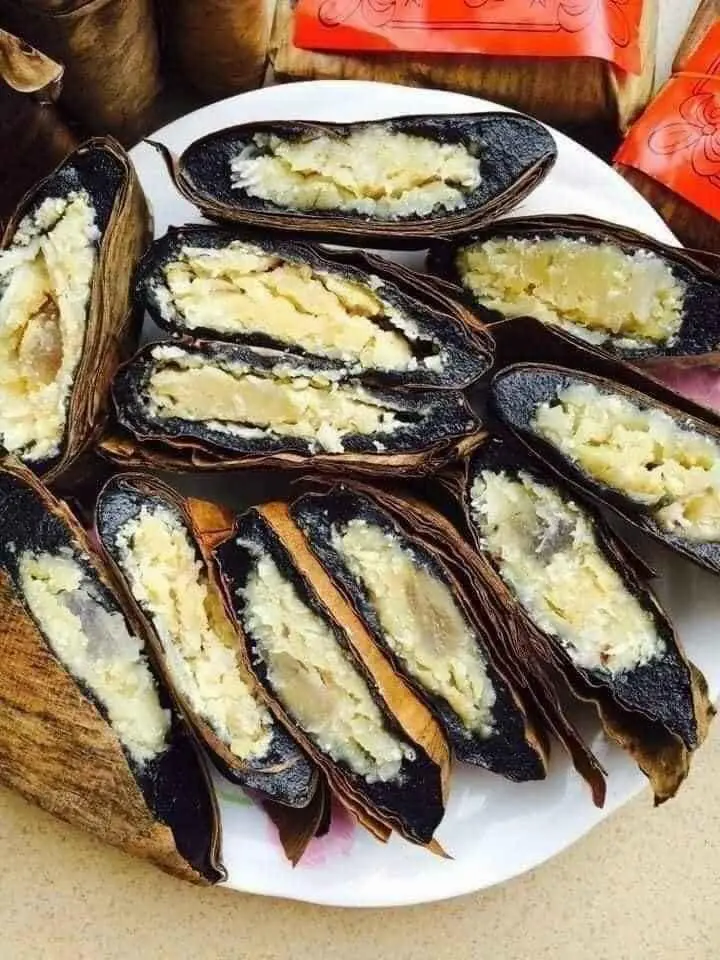
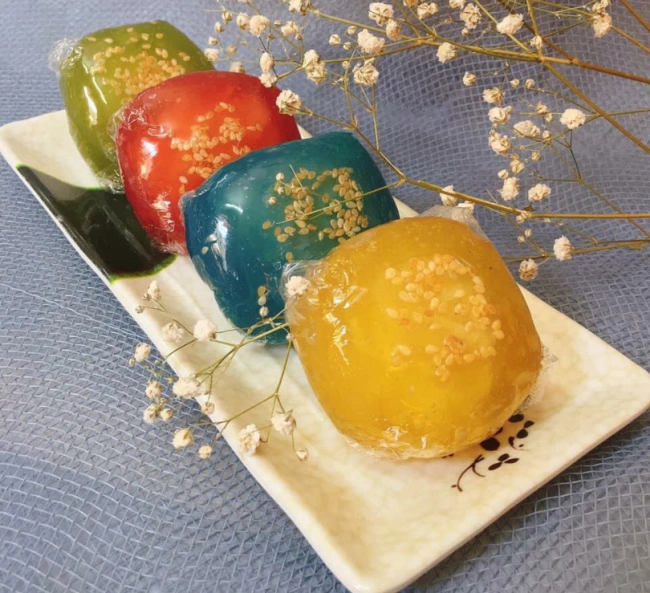
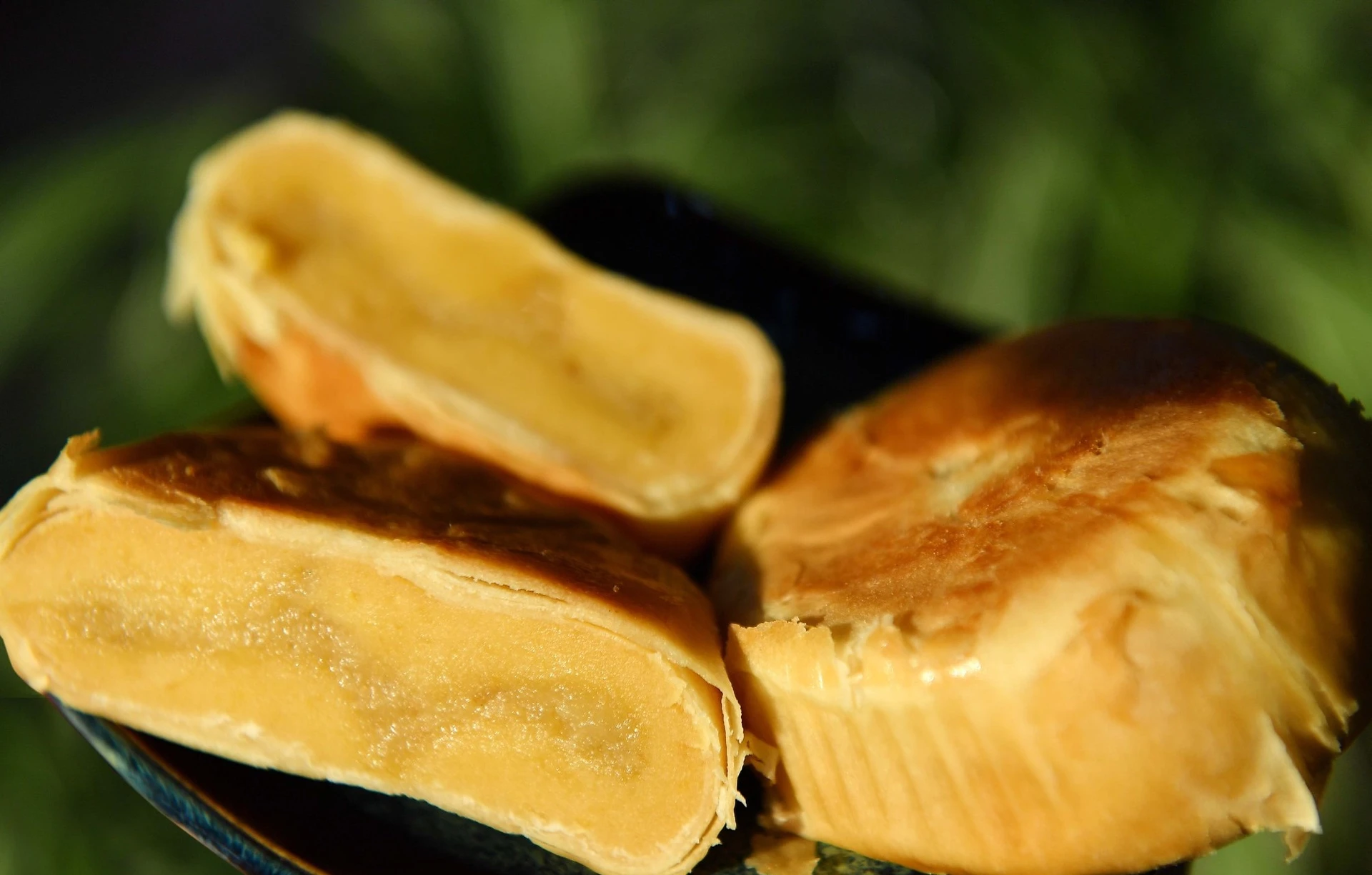
It cake, durian Pia cake, su se cake
There's a type of cake with a black crust and a shiny yellow mung bean filling, where one must gently peel the banana leaf wrapping away from the sticky, chewy dough. This forces diners to savor the cake slowly. This is Gai cake, a sweet, fragrant cake scented with thorn leaves, thought to have originated in the northern delta provinces, although many regions boast their own versions.
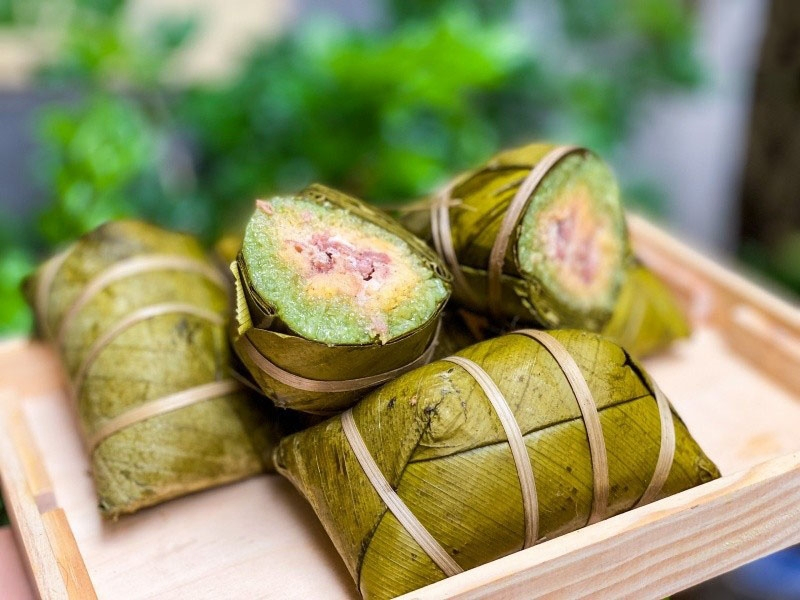
Ha Giang chung cake
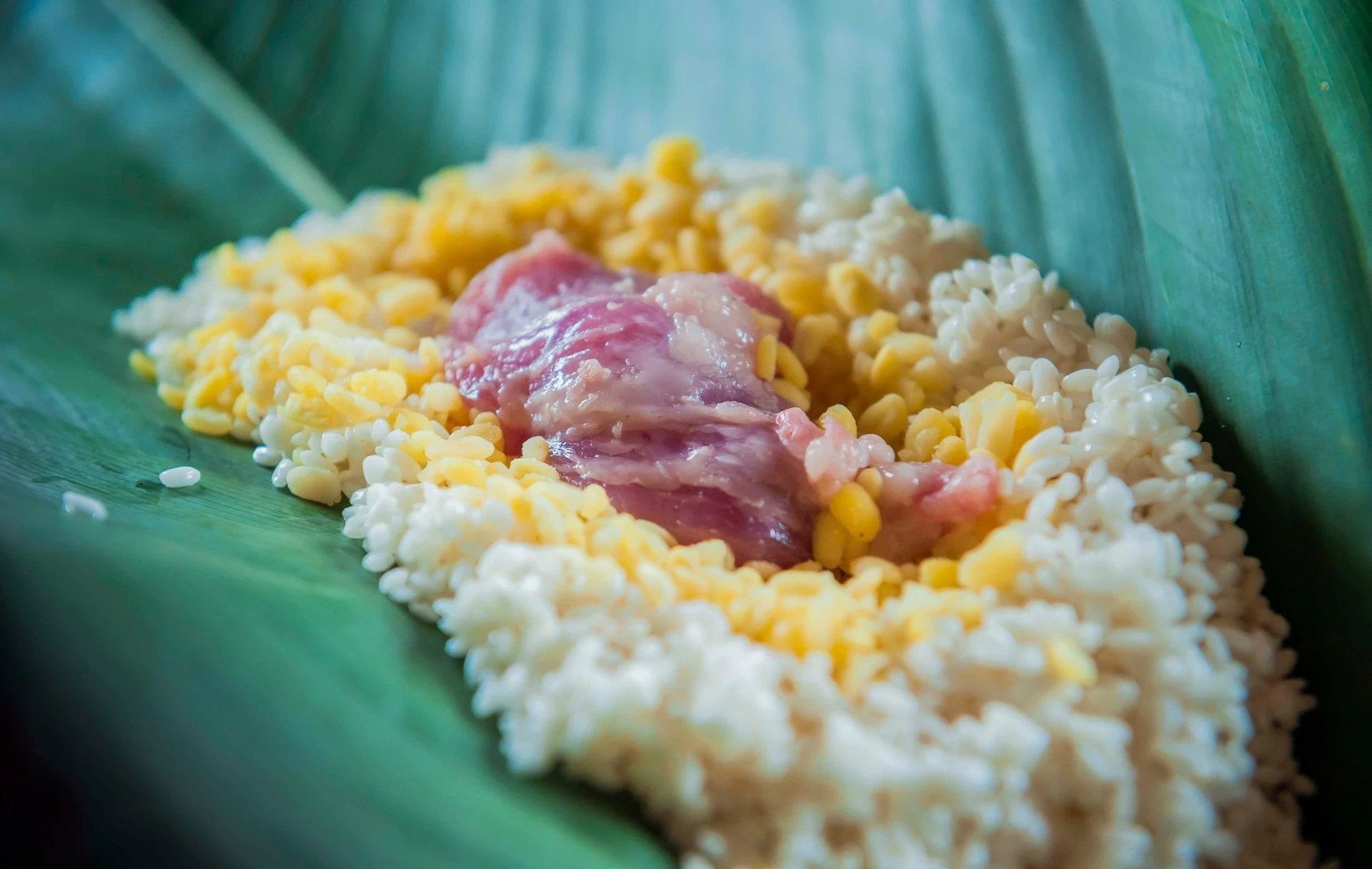

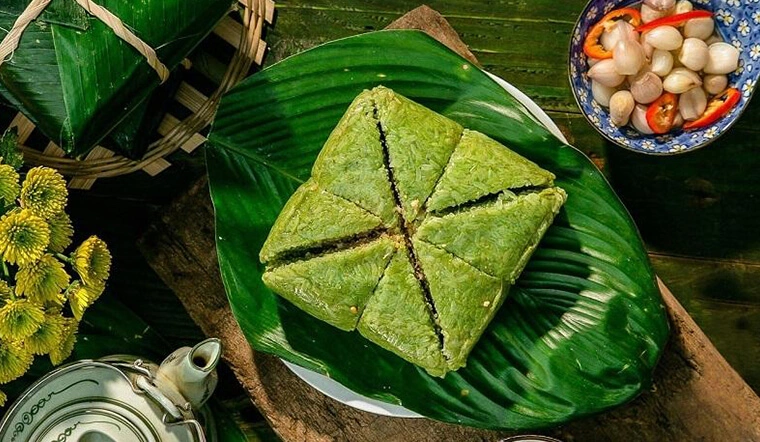
Chung cake - Tet Viet
From Tuyen Quang to Hai Duong, Hung Yen, Hai Phong, Nam Dinh, Thai Binh, through Thanh Hoa, Nghe An, and Ha Tinh - each province has its version of Gai cakes made from thorn leaves processed into dry flour or extract, mixed with glutinous rice flour, and filled with mung beans, coconut, peanuts, sesame, etc. Continuing into some central provinces like Quang Tri, Hue, Binh Dinh, Phu Yen, etc., the same thorn leaves are used to produce black dough, but the cakes are shaped like adorable small pyramids. These are called Banh It La Gai (Little Gai Leaf Cakes). Made from thorn leaves, these cakes are loved for their sticky texture, fragrance, and rich flavors.
There are many other regional specialties like Hai Duong's Green Bean cakes, Hanoi's Com cakes, Hue's Bot Loc cakes, Soc Trang's Pia cakes, and Ben Tre's Coconut Leaf cakes… Each aromatic cake, imbued with the essence of the countryside and traditional values, is an indispensable part of Vietnamese cuisine.
Heritage
